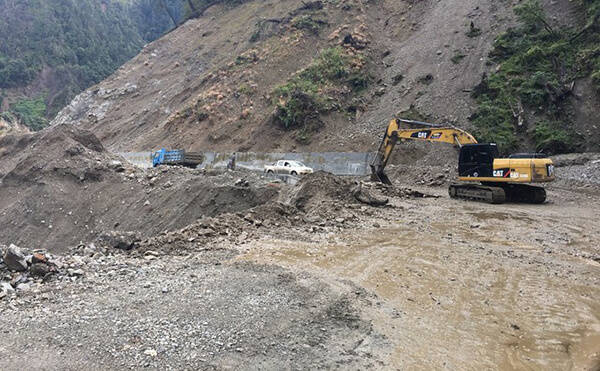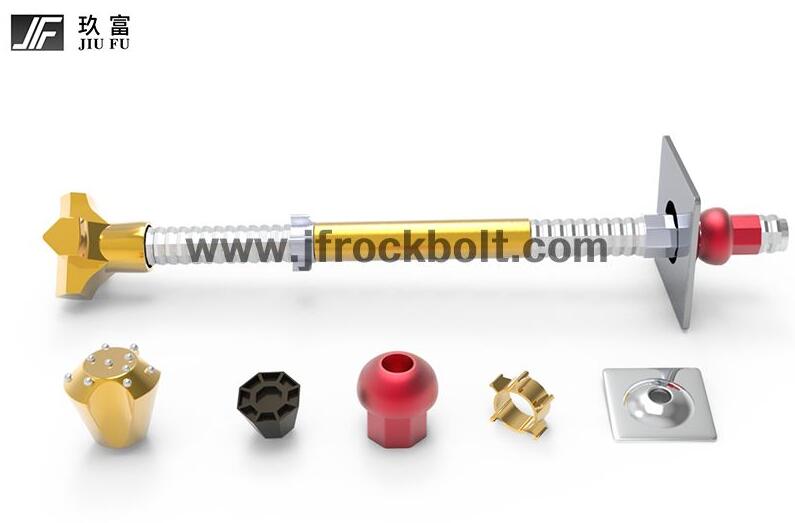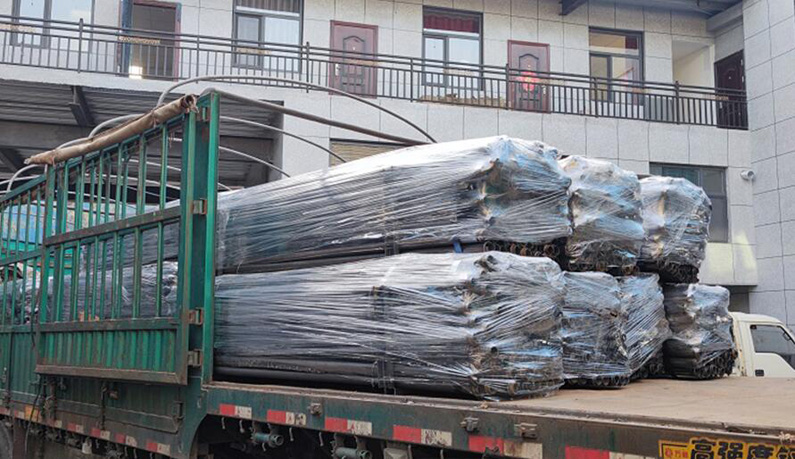Fu Litian is the hottest. This is the hottest time of the year. People with hot weather are prone to irritability, bad mood, poor appetite, and decreased physical health. I just want to find a cool and fun place, so what are the ways to easily pass this hot summer? An inflatable water park is a recent water park that is basically called an inflatable water park because the entire facility is made of PVC material and inflated. For example, in a traditional water park, an artificial swimming pool needs to be built. Inflatable water parks are simple and can be achieved using inflatable pools. An inflatable water park only needs one inflatable slide. Inflatable water amusement equipment has the incomparable advantages of traditional amusement equipment, and its flexible and changeable combination not only meets the investment of various scales of operators, but also meets the needs of consumers. The unique features make small inflatable water amusement equipment popular among investors and consumers.
The advantages of inflatable water play equipment are:
1. Inflatable water amusement equipment requires less space:
The playgrounds used for inflatable water park are mostly located near schools, large shopping malls, densely populated communities, kindergartens, parks, and scenic spots, and there is not much spare land in these places, and small inflatable water amusement equipment covers an area of Small, as long as there is an open space of several hundred square meters, inflatable water amusement equipment can be placed;
2. The cost of inflatable water equipment is low:
Compared with traditional playground equipment, the cost of introducing inflatable water amusement equipment is lower. Instead of using iron materials of traditional equipment, it is made of PVC materials, which not only reduces operating costs, but also shortens the time for equipment customization. And greatly reduce labor costs from transportation and assembly;
3. The inflatable water amusement equipment has strong flexibility:
Due to the lightness and flexibility of the material, the inflatable water amusement equipment has the advantage of being free to move, avoiding the shortcomings of traditional amusement equipment that are cumbersome and cannot move flexibly. We can use inflatable water slides and inflatable pools together, and when customers have no freshness, we can move the equipment and use it in combination with other equipment. The new combination will generate new game fun, give customers a better gaming experience, and stimulate multiple consumption;
4 The safety of inflatable water amusement equipment is higher:
I don’t know if you have had a similar experience. When playing in a traditional playground, you accidentally bumped into a hard object such as a railing, which may cause pain and medical treatment. Small inflatable amusement equipment is used inflatable, even if you If you accidentally hit the device, you will not be injured, so that children can play more happily and parents feel more at ease;
5 There are many types of inflatable water amusement equipment:
Once the traditional amusement park is in the off-season, it is impossible to reverse the drilling situation, such as the cold winter. Heavy equipment makes it difficult to transform the playground, not only the source of tourists is bleak, but also a lot of manpower and material resources are spent on maintaining the equipment. The inflatable obstacle course can be disassembled and assembled to fundamentally solve this problem. In summer, we can take out the small inflatable water park equipment and assemble it to operate the water park. Paradise, not only saves high equipment maintenance costs, but also can continue to operate to maximize revenue;
6. Inflatable water sport game is easy to maintain:
All inflatable water amusement equipment can be disassembled and stocked. Due to the lightweight design of its structure, it is not only easy to assemble and disassemble, but also saves storage space. The equipment can be used repeatedly. Because of its smooth surface, it is also necessary to maintain and maintain the inflatable water amusement equipment. become very convenient and simple.




.png)





